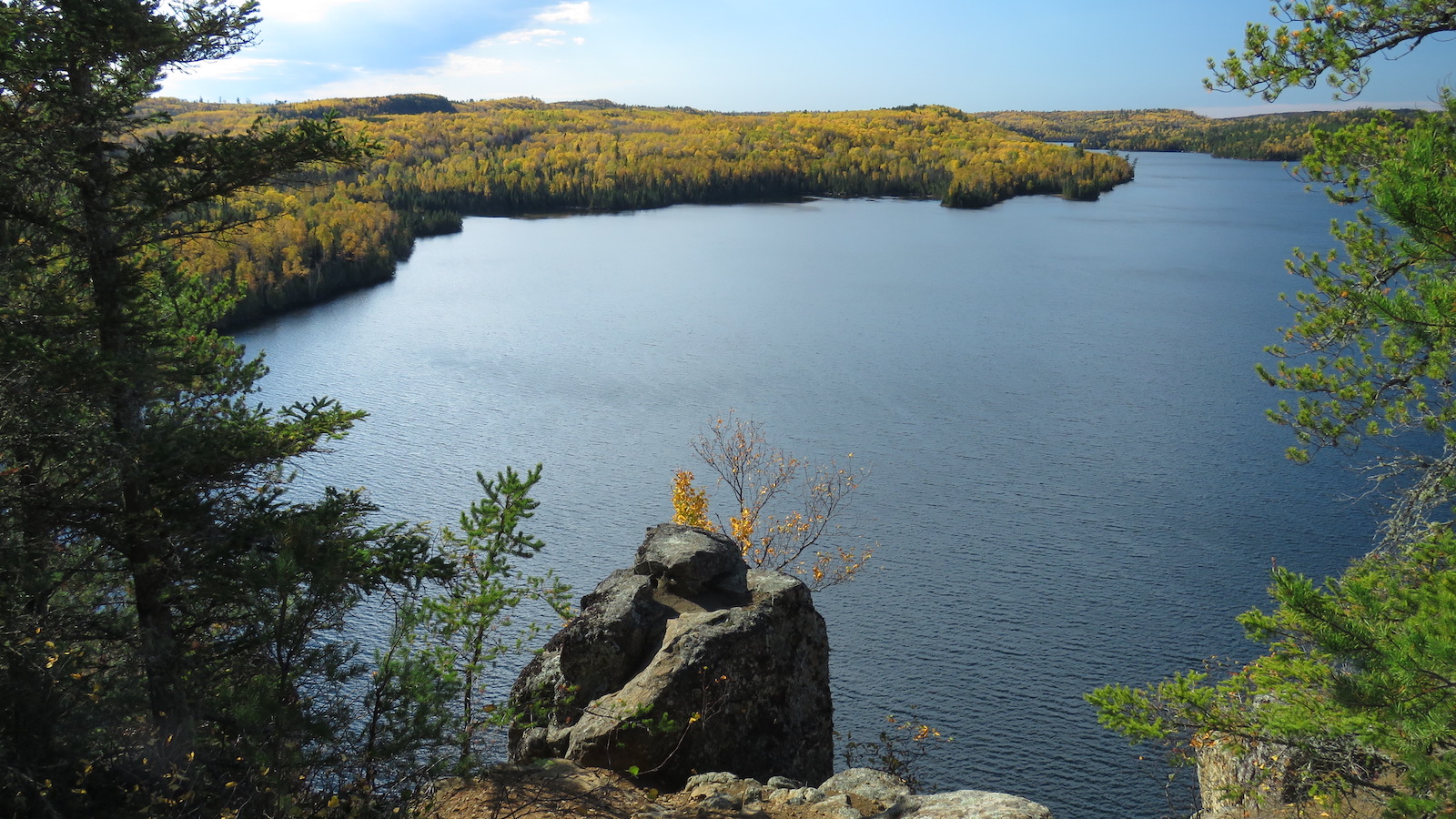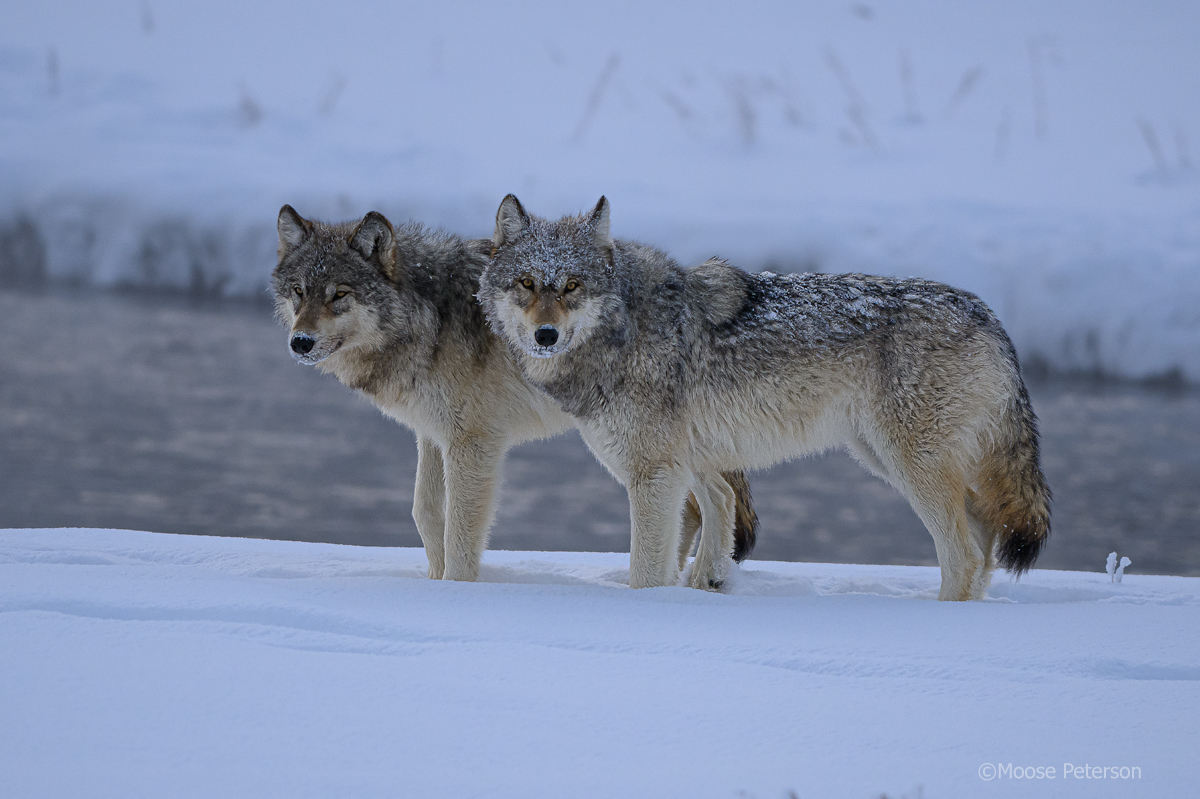
There are as few as 20 red wolves left in the wild today
Much more can be done to bring this resilient species back from the brink
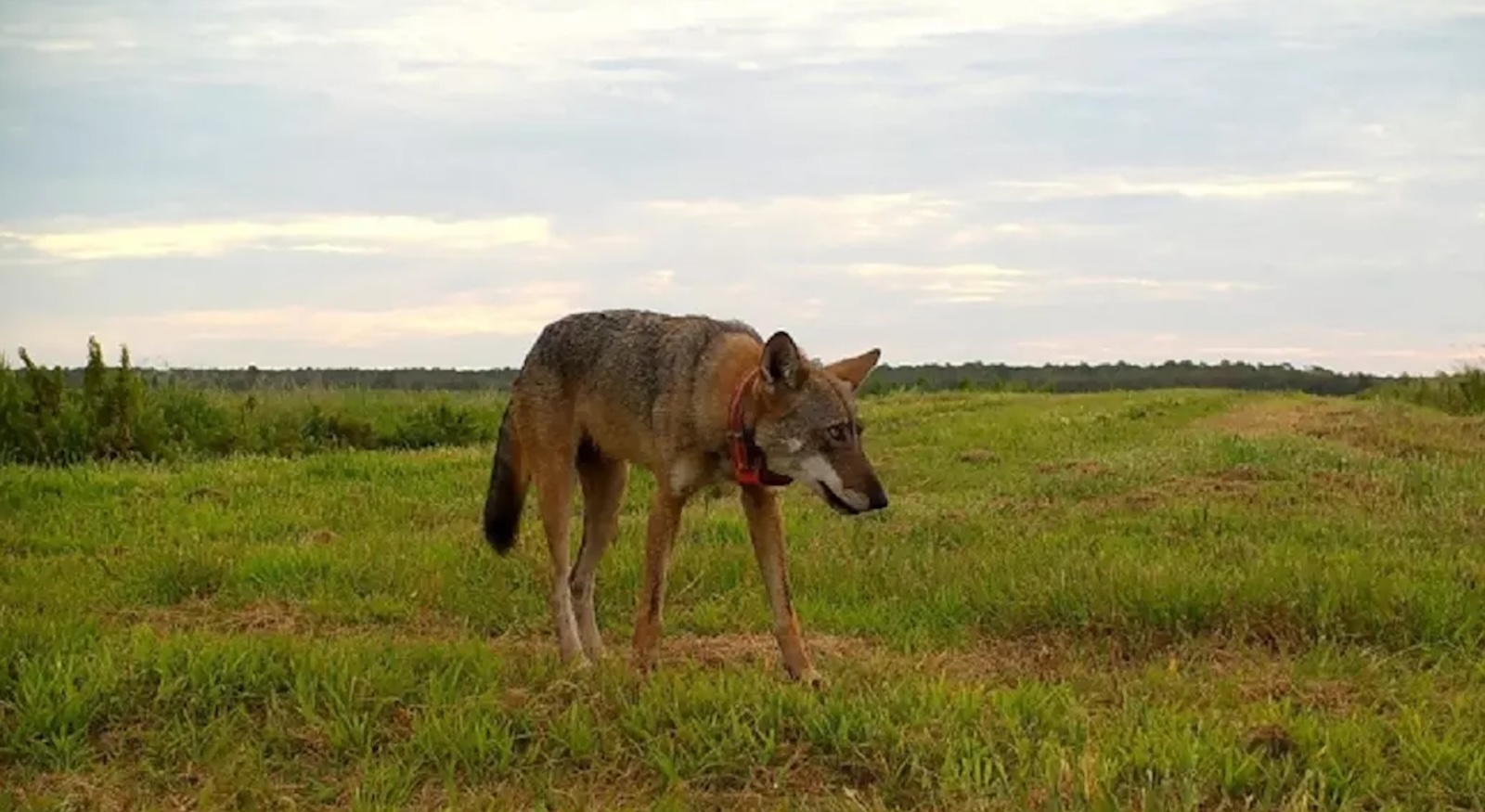
Red wolves used to roam from Long Island, New York, down to the southern tip of Texas, but, by the early 20th century, they were nearly hunted to extinction. Their once-sweeping range won them the title of “America’s wolf.” Today, they live only in the wild on a tiny peninsula on the coast of North Carolina.
Red wolves are the most endangered wolves in the world. Distinct from other species of wolf, they are identifiable by their brown coats, pointy ears, and long, delicate legs.
There are as few as 20 red wolves left in the wild today—and they’re found only in a small area near the Alligator River and Pocosin Lakes National Wildlife Refuges in North Carolina.
On the road to recovery, every individual wolf is crucial to the species’ survival. Indeed, the species was once declared extinct in 1980. Its population made a stunning recovery and eventually rebounded to over 100 individuals following the release of eight captive wolves. During that successful experiment, red wolf pups from captivity were given to foster families in the wild, and wolf packs grew.
Unfortunately, in the subsequent years, the population was again reduced by poaching and other human factors. Today, on the roads near the wildlife refuge where the last red wolves live, members of the elegant species are often struck and killed by cars.
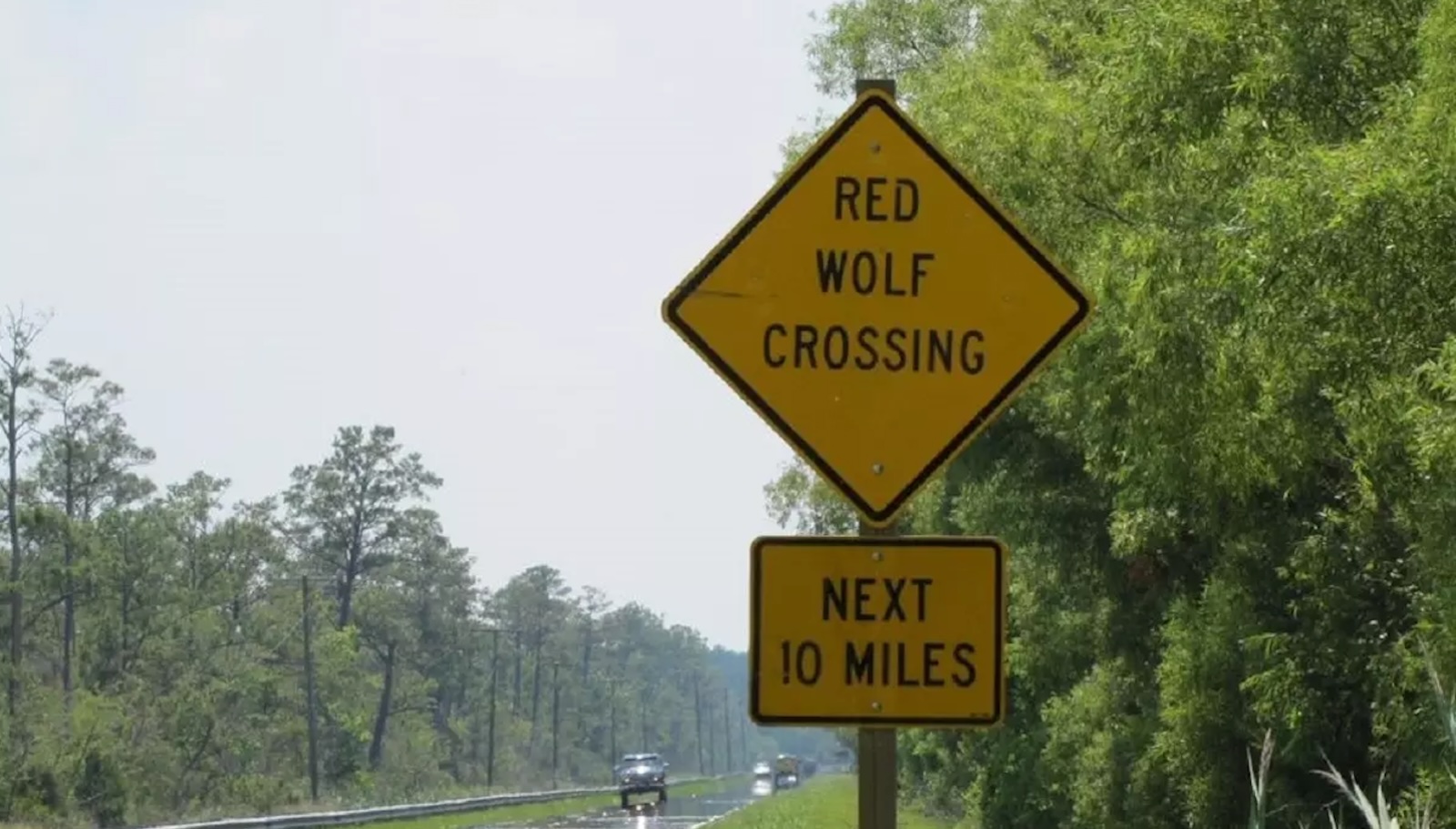
While reintroduction efforts continue and more red wolves are released from captivity, the species won’t be able to recover if they keep getting killed. Wildlife bridges or tunnels could help red wolves cross the road safely while avoiding traffic on the busy and dangerous highway. Roadway signage and reflectors could also help prevent more deaths caused by motorists. Moreover, there is federal money available to help build these crossings, making the construction of wildlife passages one of the most obvious and available actions of the steps needed to save the species.
These measures alone won’t be enough, but they will help prevent needless casualties. Policies to reduce poaching are also needed in conjunction with captive release programs and the expansion of protected red wolf habitat. Hemmed into the wildlife refuge, red wolves can’t move about freely to regain their former habitat or expand out of North Carolina. When red wolves naturally start to roam beyond their only home, they are likely to be illegally shot or hit by motorists.
Endangered red wolves have been resilient through a troubled history. More needs to be done to make the red wolves an endangered species success story. We can start by protecting red wolves from vehicle collisions and giving them wildlife bridges or tunnels to cross major roads.
Topics
Find Out More

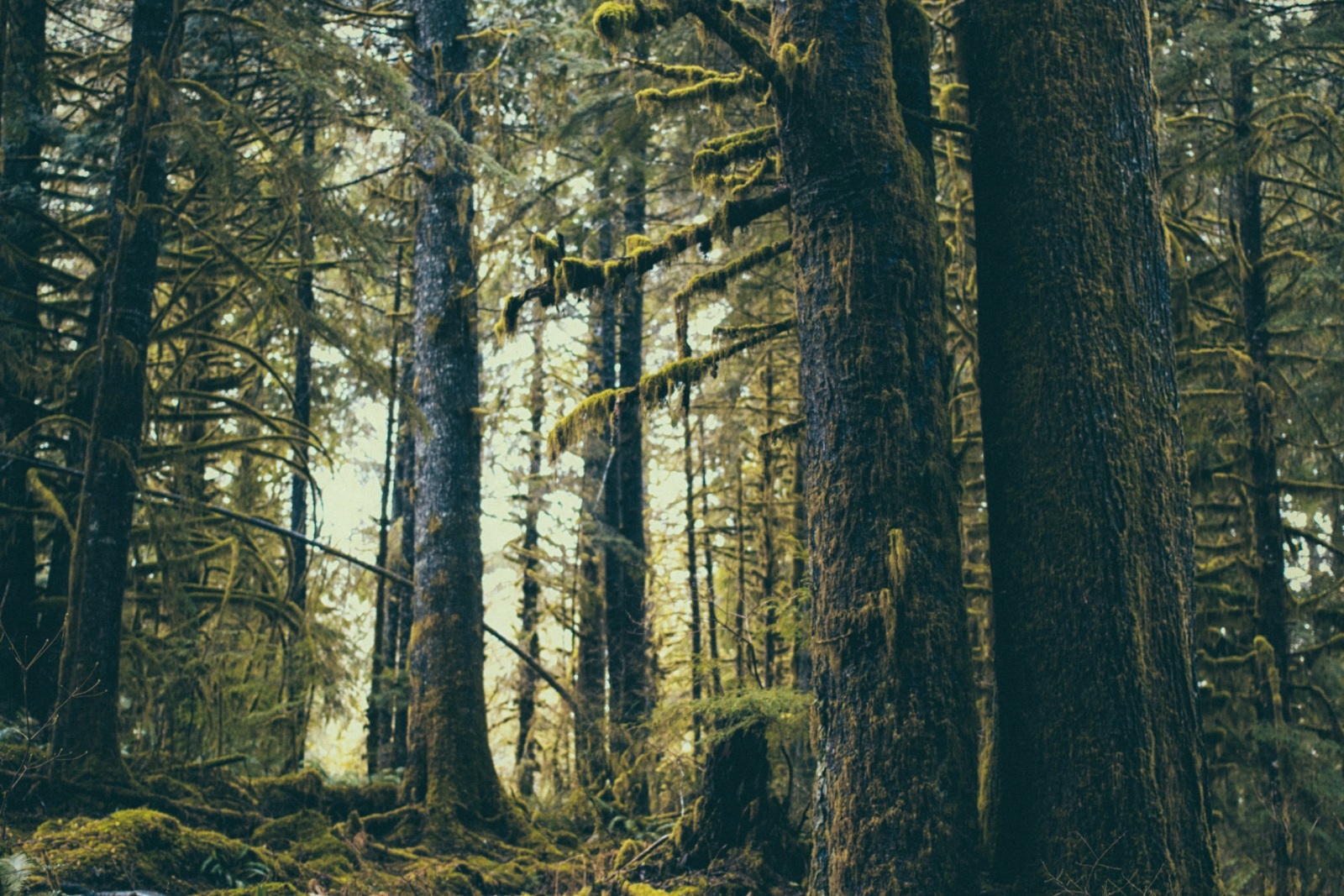
If this bill passes, logging will continue to destroy our nation’s oldest forests
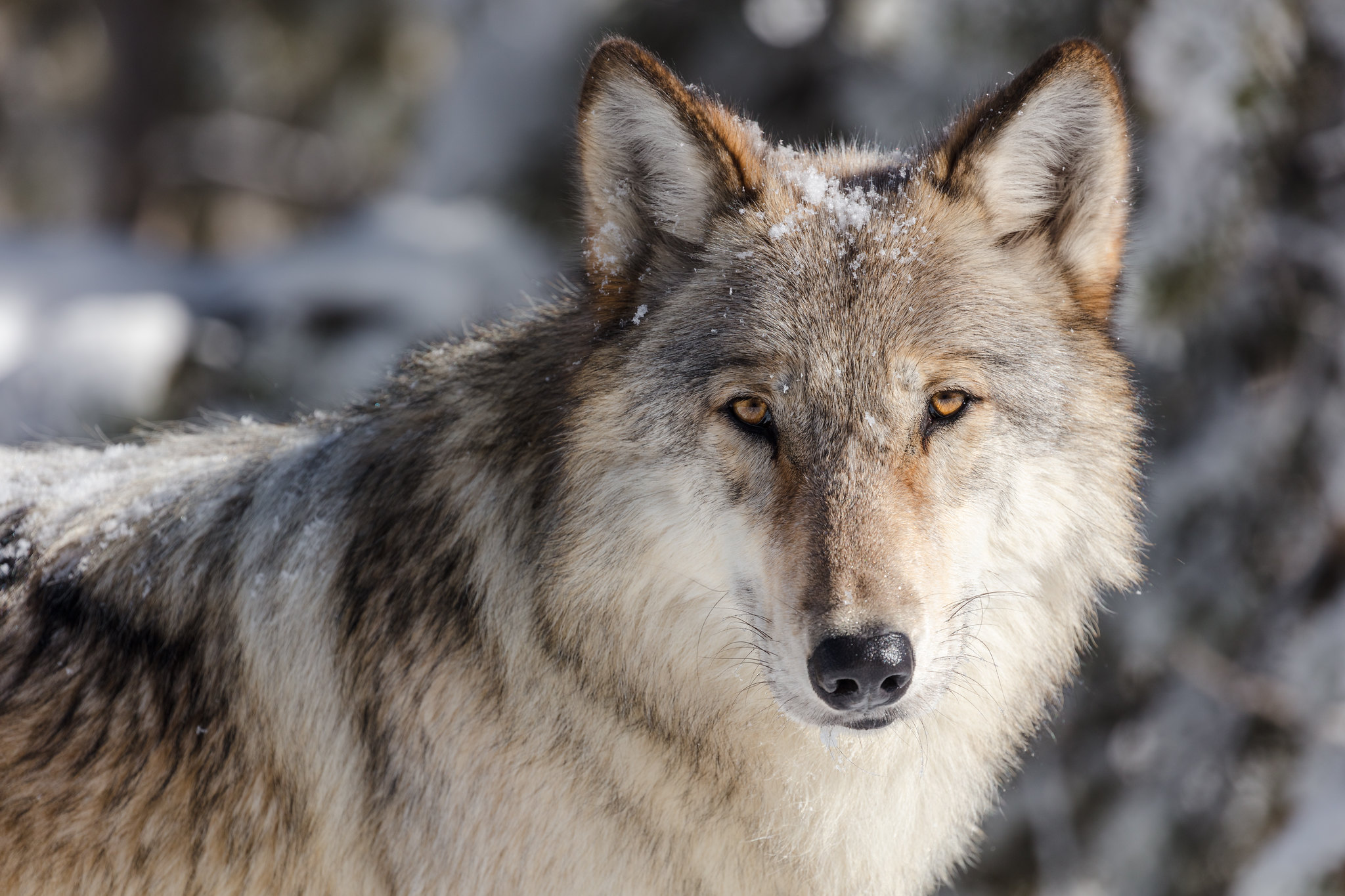
It’s time to end the wolf slaughter in Idaho
